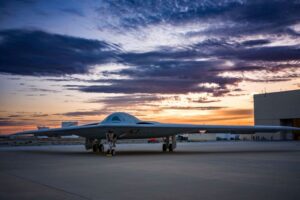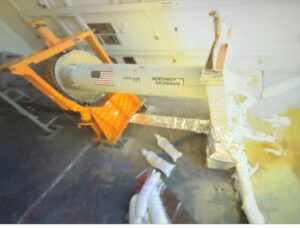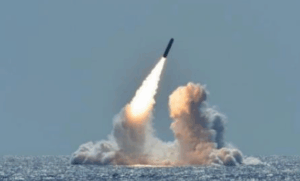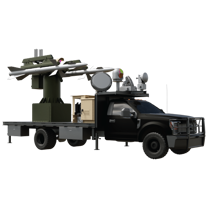
Pentagon leaders again face the prospect of a year long continuing resolution and tens of billions of dollars in funding reductions, if Congress fails to agree on appropriations legislation for fiscal 2024. Yet, at least one marquee modernization program, while not immune, may have more protection from the vagaries of DoD and congressional budget wrangling. The U.S. Air Force B-21 Raider stealth bomber by Northrop Grumman [NOC] "was designed to be resilient to Washington turbulence," Pentagon acquisition chief Bill LaPlante…














